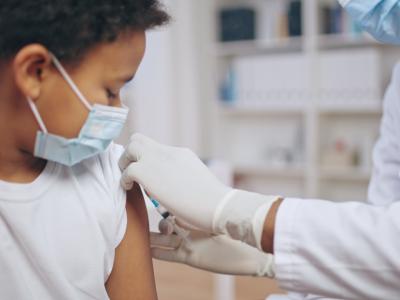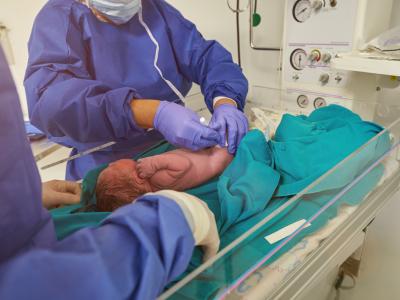The World Health Organization (WHO) Technical Advisory Group on Virus Evolution (TAG-VE) yesterday published a detailed risk assessment for Oropouche virus, typically spread by certain midge species, noting that two lineages circulated during outbreaks in 2024 and that for regions where the midge vector circulates, the risk is moderate.
In 2024, Oropouche virus outbreaks increased markedly, with spread beyond endemic areas of the Amazon and expanding for the first time to Cuba, where illnesses were reported throughout the whole country. The outbreaks also spawned several travel-related cases, including in the United States and Europe. As the outbreaks gained steam, more reports of poor fetal outcomes came from Brazil, the most affected country.
Brazilian lineage linked to disease expansion
TAG-VE’s analysis of circulating Oropouche viruses identified two main reassortant lineages, one circulating in Brazil and Cuba and the other in Peru and Ecuador. Colombia reported both lineages.
The team noted that the spread of the Brazilian lineage in Cuba likely resulted from a single introduction in Acre in early February 2024 and probably circulated undetected until May. Within 2 to 3 months, the virus expanded nationwide, which scientists said underscores the lineage’s capacity to spread and sustain transmission.
Cocirculation of the two lineages in Colombia raises concerns about the evolving nature of orthobunyaviruses and about future reassortant events, along with the potential for more severe phenotypes and enhanced vector competence, the group wrote.
Despite barge traffic on the Amazon between Brazil and Peru, sequencing of samples from Peru revealed only the lineage that circulates in Peru and Ecuador. Scientists said the epidemiology of the disease on the Peruvian side of the river is understudied, but serology studies from rural communities in the region suggest that transmission is intense and continuous.
Vector involvement unclear in Cuba
Though the Culicoides paraensis midge species most associated with Oropouche virus spread thrives in hot, humid conditions, and rising temperatures could expand its range, so far researchers haven’t seen any dramatic shifts. Changes in land use could also play a role, bringing the vectors closer to humans.
C paraensis was only found in Cuba in 2024 after the country’s outbreak, though pools from another midge species and that of Culex quinquefasciatus mosquitoes were positive for Oropouche virus RNA in the past. “To date, it remains unclear which is the main vector for OROV transmission in Cuba, but investigations and training on the identification of C. paraensis are ongoing in the country,” they wrote.
Low deaths, but significant health impacts
Clinically, symptoms resemble dengue fever and Zika virus infection, with meningitis or encephalitis reported in rare cases. During Cuba’s outbreak, 119 cases of neurologic complications, including Guillain-Barre syndrome, were reported from the nearly 24,300 suspected cases, of which 626 were lab confirmed. Deaths in people infected with Oropouche virus remain low, with five reported in the Americas since 2024.
Vertical transmission concerns remain and are the topic of ongoing investigations, with three possible mechanisms: transplacental, perinatal, and through breast milk. Though Oropouche virus has been detected in semen, no sexually transmitted cases have been documented. And though there is a risk of transmission through blood transfusion or blood components, no cases have been documented.















